
© Bill Cooper, courtesy the Royal Opera House. (Click image for larger version)
Royal Ballet
The Sleeping Beauty
★★★★✰
London, Royal Opera House
23 (mat) December 2016
Gallery of pictures by Foteini Christofilopoulou
(Sarah Lamb and Vadim Muntagirov cast)
www.roh.org.uk
The Royal Ballet’s latest revival of The Sleeping Beauty marks the 70th anniversary of Ninette de Valois’ post-war production, to which this 2006 version (by Monica Mason and Christopher Carr) reverts. It comes across as a very English production – especially as compared with American Ballet Theatre’s reconstruction of the lavish Diaghilev production that bankrupted the Ballet Russe in London in 1921.

© Bill Cooper, courtesy the Royal Opera House. (Click image for larger version)
Oliver Messel’s 1946 sets, ‘re-imagined’ by Peter Farmer, have wispy foliage behind the fantastical architectural features on painted back-cloths. The pastel palette has been made more vivid in revivals of the 2006 production so that the costumes brighten the stage picture, as Messels’ did. There is no century-wide distinction between the first act and the last. This version is to be seen as an illustrated fairy-tale, not an historical pageant glorifying a monarchy.
The balance between story-telling and showcase dancing is uneasy. In the Prologue, the fairy godmothers address the audience in their variations with little reference to the royal couple and their infant princess. At the matinee, the soloists were primarily concerned with executing the choreography rather than endowing their gifts, while the courtiers stood around blankly. Tierney Heap as the Lilac Fairy laboured through her variation and was no match for Christina Arestis’s glamorous Carabosse – as ‘diabolically sarcastic’ as Petipa prescribed when he instructed Tchaikovsky to compose her music.
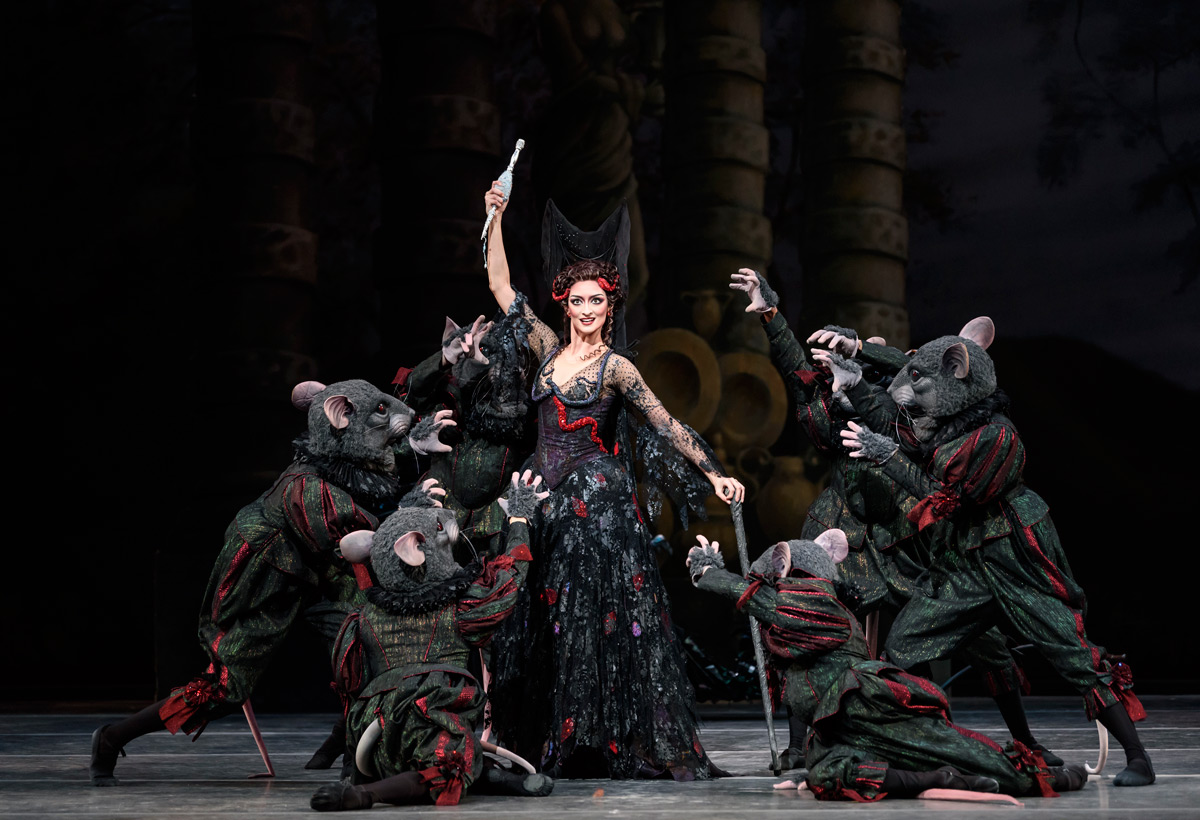
© Bill Cooper, courtesy the Royal Opera House. (Click image for larger version)
At the start of Act I, the garland dancers prance around the knitting women and playfully conceal them from Catalabutte. Does the curse on sharp implements have no meaning in King Florestan’s kingdom 16 years on? The lovely passage of music for the Queen’s pleading for mercy for the about-to-be-executed knitters has been cut. So has the peasants’ dance in the hunting scene at the start of Act II, to leave more time for the Prince’s journey in search of the sleeping Princess.
As Aurora, Akane Takada was a delight, the indulged darling of her parents and their court. She could do no wrong in Act I, secure in her balances and multiple pirouettes, never over-extending the elegant line of her legs. Her épaulement was charmingly flirtatious. She had little response, though, from her bland suitors and her girlfriends, her pudding-faced father and matronly mother.

© Bill Cooper, courtesy the Royal Opera House. (Click image for larger version)
The production only sprang into life when Carabosse revealed her malicious self, startling the court into concerned inaction. (Those suitors are useless in a crisis.) Once she’d vanished in a puff of smoke, Heap’s Lilac Fairy was able to exert her authority, counteracting Carabosse’s curse. From now on, she was graciously in charge.
Because James Hay, making his debut as Prince Florimund, conveyed total conviction in his role, Act II seemed a different ballet, with a real story at its heart. A dreamy young prince in the hunting scene, dutiful towards his Countess (Emma Maguire), Hay danced his wondering solo, choreographed by Ashton, with meaning in every movement. He wasn’t performing for the audience but for himself, meditating aloud (with every step phrased immaculately).

© Bill Cooper, courtesy the Royal Opera House. (Click image for larger version)
He interacted with Lilac as his guardian angel, guiding him towards the woman of his dreams. He urgently needed to find her, and she knew she needed to be rescued from her deep sleep. Takada’s fluency as an elusive spirit with a human heart bodes well for her future Giselle. When she disappeared at the end of the vision scene, he was distraught rather than mildly disconcerted.
The prince’s journey to find Aurora is no longer perfunctory: dangers lurk behind every layer of the sleeping forest. Much is made of the discovery scene as he claims his dreaming princess with a kiss: he has proved himself worthy of sharing her family’s kingdom. Here is the crux of the story, justifying the celebrations that follow in Act III.

© Bill Cooper, courtesy the Royal Opera House. (Click image for larger version)
The grand pas de deux was the triumphant highlight of the fairytale festivities. Hay expressed the prince’s pride and pleasure in his variations; Takada was demure and regal in hers, almost flying with joy in her jetés. Both judged their timings perfectly, building to a flurry of excitement and stopping precisely on the music. Though both remained in character, it was evident how gratified they were at achieving every technical feat they wanted to accomplish. A previously dutiful production had become a love story worth telling.












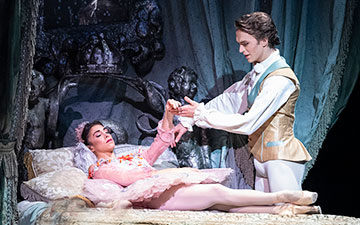
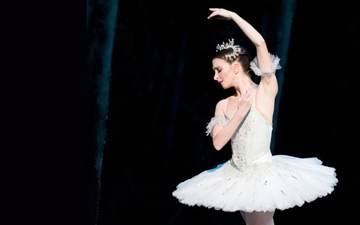
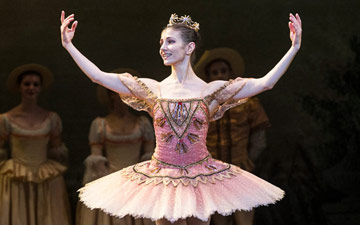
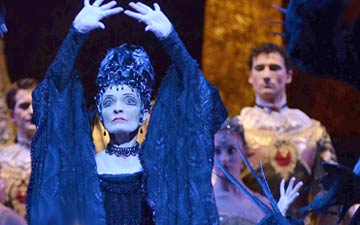

You must be logged in to post a comment.